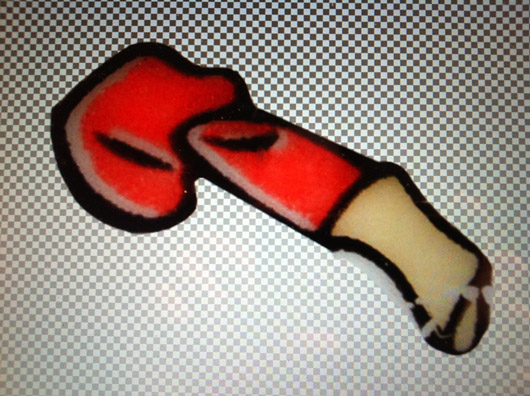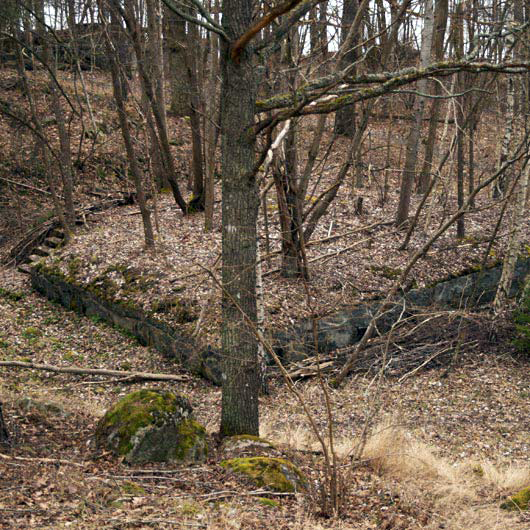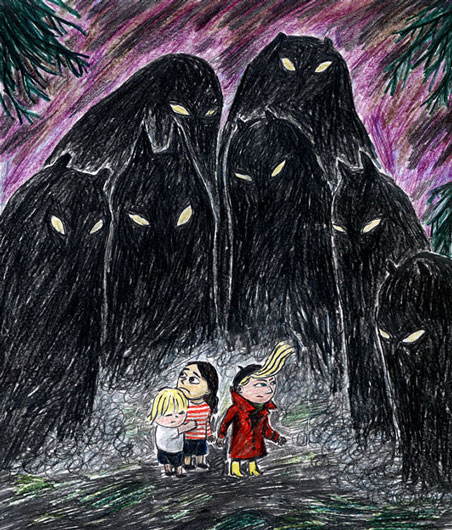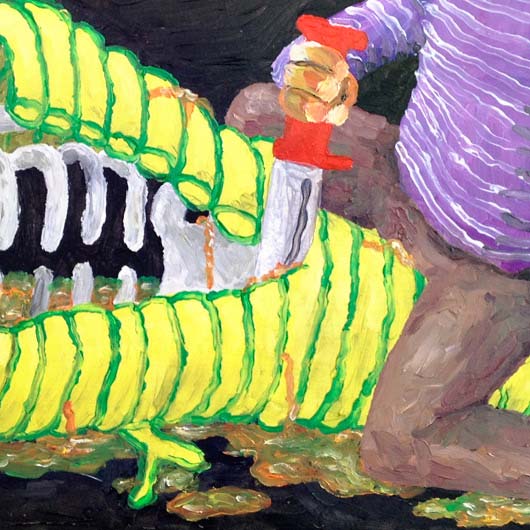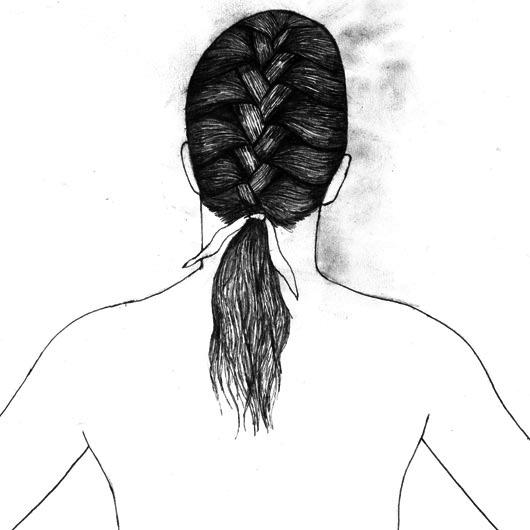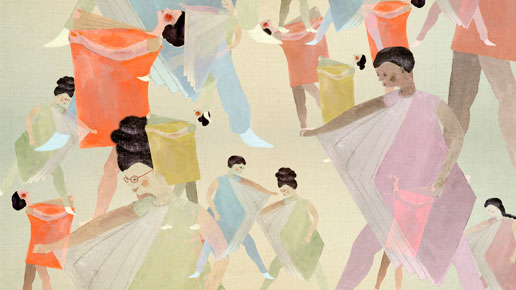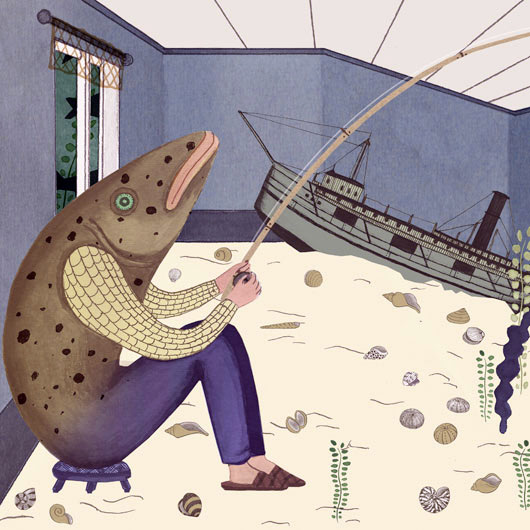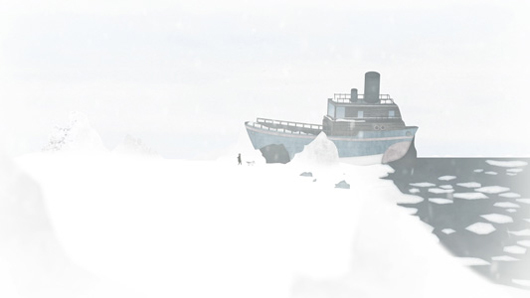Joséphine Vejrich
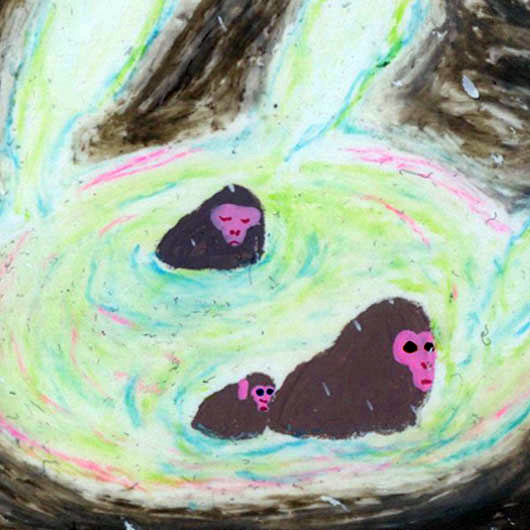
In my work, I have studied picture and form as equivalent, supporting elements in the narration. I wanted to work out a form that gives the static picture unpredictability and life.
I visited Yakushima, an island in southern Japan of volcanic origin, during my term as an exchange student. The climate on Yakushima is subtropical, but becomes cooler in the forests up towards the mountain. The island is unique, with its ancient cedar trees and several species that only exist here. Shintoism believes that there are many gods of nature and that nature has a soul, or kami. When a place is worshiped, it is brought to life.
In my degree project I depicted Yakushima and the forest of Shiratani Unsuikyo. As time changes places, I want my pictorial narration to be changeable. I have constructed a folding technique that, depending on how you turn the pages or fold them, shows different places. As a walk of discovery in book form, I want the reader to fantasize, get lost, and discover without a given order or period of time.
I mitt arbete har jag utforskat bild och form som likvärdiga och bärande element i berättandet. Jag har velat arbeta fram en form som ger den statiska bilden oförutsägbarhet och liv.
Jag besökte Yakushima, en ö i södra Japan med vulkaniskt ursprung, under min termin som utbytesstudent. Klimatet på Yakushima är subtropiskt men blir kyligare vid skogarna uppåt bergen. Ön är unik med sina uråldriga cederträd och ett flertal arter som endast existerar här. Inom shintoismen tror man på naturgudar och att naturen har en själ, kami. När människan dyrkat en plats väcks den till liv.
Jag har i mitt examensarbete gestaltat ön Yakushima och skogen Shiratani Unsuikyo. Som tiden förändrar platser vill jag att min bildberättelse ska vara föränderlig. Jag har konstruerat en vikteknik som beroende på hur man bläddrar eller viker visar olika platser. Som en upptäcktspromenad i bokform vill jag att läsaren ska fantisera, gå vilse och upptäcka utan en given ordning eller tidsförlopp.
